In an age where prospect inboxes are inundated with generic sales pitches and unwanted voice messages, sales professionals are finding it increasingly difficult to stand out from the noise. The most impactful conversations begin by resisting the temptation to dive headfirst into a sales pitch. Instead, they prioritise understanding the prospects' pain points and objectives, laying the foundation for a meaningful and constructive dialogue.
This can be challenging for sales teams who are working towards ambitious sales goals and striving for pipeline acceleration. It requires a significant investment of time and effort in researching and genuinely understanding the prospects' needs and desires, rather than relying on a one-size-fits-all message.
In our recently published Guide to Effective Sales Enablement, we outline the role of data and automation in building a successful sales enablement strategy. By leveraging the right tools and strategies, organisations can humanise their sales approach, fostering stronger connections and driving revenue growth. In this blog post, we will explore the common pitfalls when selecting and adopting sales enablement technology, the top 5 criteria for evaluating tools, and best practices to ensure successful adoption, all through the lens of humanising the sales experience.
Common Pitfalls in Selecting and Adopting Sales Enablement Technology
When selecting sales enablement technology, organisations often fall into the trap of neglecting individual prospect perspectives and underestimating the importance of empathy. Focusing solely on data and metrics without considering the emotional aspects of the buyer-seller relationship can lead to a disconnect between the sales team and prospects. Prioritising tools that help teams understand and respond to customers' emotional needs encourages a more human-centric approach, which is crucial for creating meaningful conversations. These are a few of the most common pitfalls sales teams run into when utilising automation technology in the sales process:
- Overemphasising Automation: Given the sheer amount of data that passes through CRMs, it is nearly impossible to successfully execute a sizable sales operation without some form of automation. However, it is critical to understand what tasks can be automated without diminishing the user experience. Organisations that bulk automate all sales processes risk creating a robotic and impersonal experience. Instead, aim to strike a balance between automation and human interaction, using technology to unearth key data information that can be used to enhance the sales experience. As a rule of thumb, automate the mundane while ensuring sufficient checks and balances are in place to capture outliers, allowing the team to focus on the exceptions - the 80/20 rule.
- Siloed Data Configurations: Another common pitfall occurs when selecting tools that do not seamlessly integrate with your existing technology stack. This lack of integration can lead to data silos, inefficiencies, and a disjointed sales process. When evaluating potential sales enablement tools, assess their compatibility with your current CRM, marketing automation platforms, and other relevant systems. In addition to compatibility, it is important to avoid underestimating the time and effort needed to properly migrate and sync systems. Although this can be a time consuming and costly feat, taking the time to properly build a seamless data architecture will significantly save time and costs in the long term.
- Overlooking User Adoption: Investing in the right technology is only half the battle; ensuring that your sales team actually uses the tools is equally important. Many organisations fail to consider user adoption when selecting sales enablement technology, leading to low utilisation rates and a poor return on investment. To avoid this, involve your sales team in the selection process and dedicate sufficient resources to thoroughly train team members on new systems.
5 Criteria for Evaluating Sales Enablement Tools
- Data-Driven Insights: To maximise the effectiveness of your sales enablement strategy, data-driven decision-making is key. When assessing potential tools, consider their ability to provide actionable insights based on real-time data. Sales intelligence platforms that offer in-depth analytics, predictive modelling, and data visualisation capabilities can help your team identify trends, pinpoint areas for improvement, and make informed decisions to optimise your sales strategy. Sales enablement tools that incorporate emotional intelligence can be game-changers in humanising your approach. Look for platforms that analyse customer sentiment, tone, and behaviour, providing your sales team with valuable insights into the emotional state of prospects.
- Automation and Personalisation Capabilities: Automation helps teams to keep pace in modern sales environments. Opt for tools that can automate repetitive tasks, such as task management, email cadence, and data entry while data and AI can be used to deliver tailored content, recommendations, and insights to help your team create more relevant and engaging interactions with prospects. Ensure consistency in your sales process, minimising errors and improving the overall quality of your interactions with prospects.
- Collaborative Features: Humanising sales enablement involves fostering collaboration and knowledge sharing within your sales and marketing teams. Evaluate tools that promote teamwork, such as shared workspaces, real-time collaboration features, and centralised knowledge repositories. By enabling your team to work together seamlessly, you create a more cohesive and human-centric sales culture.
- Scalability and Flexibility: As your organisation grows and evolves, your sales enablement tools should be able to scale and adapt accordingly. Evaluate tools based on their ability to accommodate increasing data volumes, user counts, and complex sales processes. Additionally, consider the flexibility of the tools in terms of customisation options, integration capabilities, and the ability to support different sales methodologies and workflows.
- Ease of Use and User Experience: The success of your sales enablement initiatives largely depends on the adoption and consistent use of the selected tools by your sales team. Prioritise tools that offer an intuitive user interface, easy navigation, and accessible documentation or support system. Tools with a positive user experience will encourage higher adoption rates, reduce training time, and enable your sales team to leverage the full potential of the technology. Consider tools that offer mobile accessibility, enabling your sales reps to access critical information and perform tasks on the go.
Realise your ROI through Tech Adoption
Sales enablement tools are only as impactful as their utilisation rates. To ensure adoption, involve your sales team in the tool selection process. Create opportunities for sharing their input on the challenges they face, the features they require, and the tools they prefer. By engaging them in the selection process, you foster a sense of ownership and increase the likelihood of widespread adoption.
Once a tool is selected, invest in comprehensive training that covers not only the technical aspects of the tools but also the best practices for leveraging them in the field. Offer a mix of virtual group training sessions, 1:1 tutorials, and hands-on workshops to cater to different learning styles. Provide access to a dedicated support team or knowledge base to address any questions or issues that may arise during the adoption process.
To maintain momentum and encourage continued adoption, regularly measure and highlight the efficiencies created through technology. Share success stories, case studies, and tangible results with your sales team to demonstrate the value of the tools and reinforce their importance. Celebrate milestones and recognise individuals or teams who effectively leverage the tools to drive results. By showcasing the positive impact, you create a culture of continuous improvement and encourage ongoing adoption.
Conclusion
Data and automation tools are crucial components of a successful sales enablement strategy. By carefully selecting tools that align with your objectives, provide data-driven insights, offer automation capabilities, and prioritise user experience, you can empower your sales team to engage with prospects more effectively and drive revenue growth. For more in-depth guidance on implementing a robust sales enablement strategy, download our Ultimate Guide to Effective Sales Enablement: 3 Ways to Empower Your Sales Organisation.



.png?width=75&height=90&name=DataboxPremierPartner_b1a51f%20(1).png)
.png?width=140&height=116&name=HubSpot%20Gold%20Tier%20Logo%20White%20(1).png)